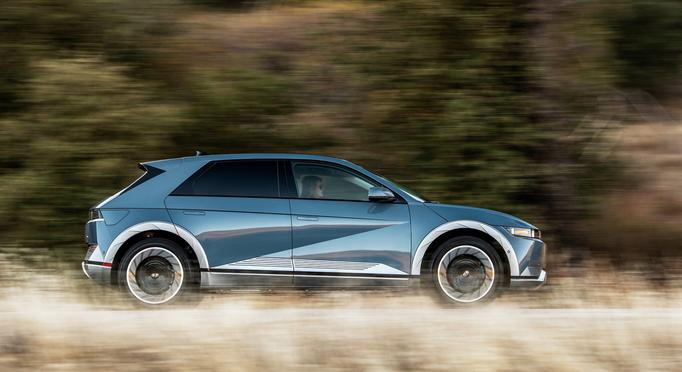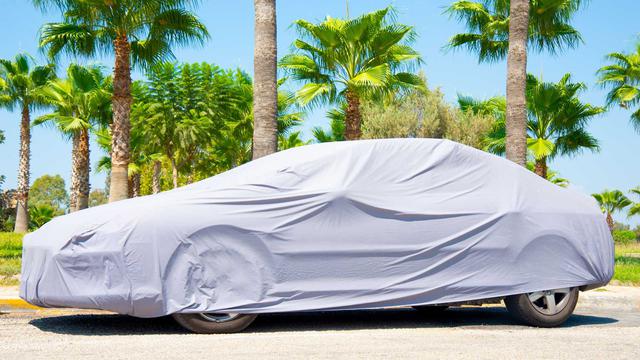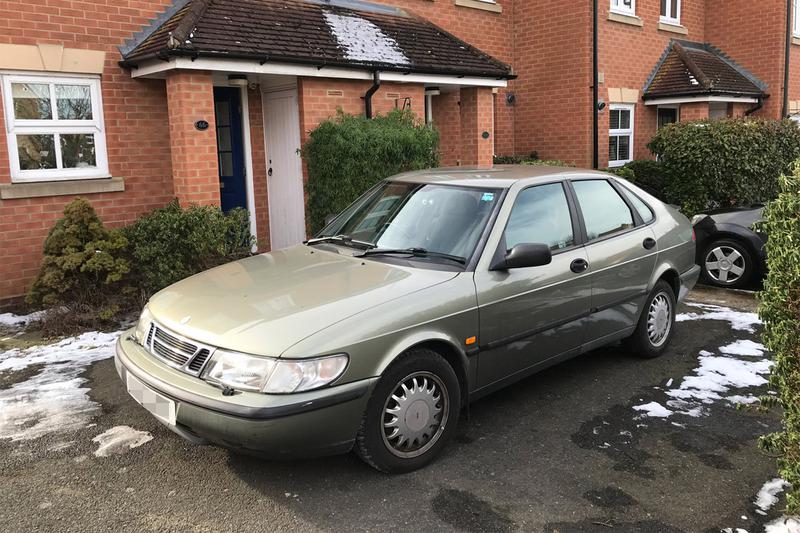Hyundai’s latest electric model backs up eye-catching style with impressive range and decent performance for a competitive price
By Matt AllanTuesday, 5th April 2022, 12:28 pm
During the few weeks where the whole of the country was being battered by storms we, like lots of people, suffered a series of power cuts that left us without electricity for hours on end.
Such a lack of power was initially a novelty, until the dawning realisation that these cuts weren’t the usual 30-second blips but something much more serious and the need for lights, heat and the vital charging of phones was becoming more pressing. Cue much scrabbling in the half-light for torches and battery booster packs and the boiling of pans of water on the gas hob to make sustaining cups of tea.
Sign up to our NationalWorld Today newsletter
The i newsletter cut through the noise
Sign upThanks for signing up!Sorry, there seem to be some issues. Please try again later.Submitting...This site is protected by reCAPTCHA and the Google Privacy Policy and Terms of Service apply.
Had we had the Hyundai Ioniq 5 on the driveway none of that nonsense would have been necessary but, of course, it appeared in the brief window between major weather events. That meant we never got the chance to exploit the EV’s rather clever “vehicle to load” (V2L) feature, which would have allowed us to power the kettle, lights, chargers and even the TV from the car’s drive battery via a simple adapter on the charge port or in the cabin.
V2L is one of the very smart features of the E-GMP platform on which the Ioniq 5 is based, and which set it apart from previous Hyundai EVs. There’s also the latest driver assistance capabilities and the 800V architecture which allows for some of the fastest charging of any EV on the planet - more on that later.

Also immediately setting the Ioniq 5 apart are its startling looks. One detractor told me it was the ugliest thing he’d seen in years but I absolutely love the design. Maybe it’s because I’m a child of the 80s, when the Delorean DMC-12 was the coolest thing on four wheels, but its angular retro-futuristic style with sharp creases and pixel-style square lights just looks utterly brilliant.
What’s particularly clever is that, to a large degree, it disguises the car’s size. In pictures it’s hard to tell but the Ioniq 5 is about the same size as a mid-2000s family SUV yet, even in the metal, its hatchback styling tricks the eye into thinking it’s smaller than it really is.
Those big exterior dimensions translate into plenty of space on the inside. The Ioniq 5 feels particularly wide, with loads of space between the front seats, but there’s plenty of length in the cabin as well, with generous legroom even behind a tall driver. Frustratingly for a family of five, while the rear bench is easily wide enough for three people, the middle seat is a narrow perch squeezed between the far larger and sculpted outer pews.
Without a transmission tunnel, Hyundai was free to do whatever it wanted with the interior space. What it did, in the end, was stick with the idea of a large centre console complete with cupholders, storage bin and USB sockets. But thanks to the platform’s flexibility, the console is more open and less imposing than in an ICE car and there’s still a feeling of spaciousness around it.
As with the rest of the cabin, the design of the centre console has been kept fairly simple and the whole interior has a slightly pared-back feel to it, without much embellishment except on the dashboard where the dual 12.3-inch infotainment/instrument screen cluster is surrounded by gloss white plastic for another hit of 80s nostalgia. Below the central screen are a handful of shortcut keys and a frustrating set of glazed touchscreen-style climate controls. They’re better than burying the functions behind a menu but still less intuitive and less easy to use than proper physical switches.
Hyundai recently announced a number of updates to the Ioniq 5, including camera-based wing mirrors (bad idea) and a bigger battery pack (good idea). So, while our car featured a 73kWh unit, cars ordered from this spring will come with a 77kWh pack, which should offer a range boost, although the exact increase is still to be confirmed.
Even with the older “big” pack (there’s also a 58kWh option), claimed range from the Ioniq 5 is 298 miles. As with all EVs, the weather and where and how you drive can all have a big impact on this. Over a week, I saw consumption fluctuate between 2.8 and 3.3 miles per kWh while the long-term record showed an average of 3.1, not as good as something like the comparably priced Skoda Enyaq but better than the more expensive Audi Q4 e-tron.
What aids the Ioniq 5’s case as a practical long-range machine is that it comes with 350kW charging as standard meaning it can take advantage of ultra rapid chargers. At the rare 350kW units it can go from 10% to 80% in just 18 minutes, at more common 150kW it can still manage an impressive 70% boost ( around 200 miles) in 22 minutes.
On the road, the Ioniq 5 shows what seems to be a developing pattern in mainstream EVs, with a focus on commendable ride and refinement at the expense of driving enjoyment. Acceleration is razor sharp and linear and there’s plenty of stability and grip thanks to the low-slung battery pack but it’s not a particularly entertaining car to drive.
The same could be said for most SUVs, electric or otherwise, so it’s hardly a major failing of the Ioniq 5’s. In fact, this electric Hyundai doesn’t have any major failings. Little things like the lack of a rear wiper and heated seat controls buried in a touchscreen menu are annoying but relatively minor and don’t overly detract from what is an impressive, practical and stylish family car.
Hyundai Ioniq 5 Premium 73kWh RWD
Price: £41,690; Motor: Single synchronous motor; Battery: 73kWh; Power: 214bhp ;Torque: 258lb ft; Transmission: Single-speed, rear-wheel-drive; Top speed: 115mph; 0-62mph: 7.4 seconds; WLTP range: 298 miles; Consumption: 3.7 miles/kWh; Charging: Up to 350kW




